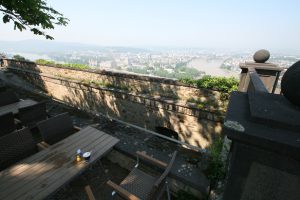
Koblenz at the Rhine River
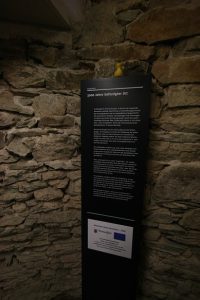
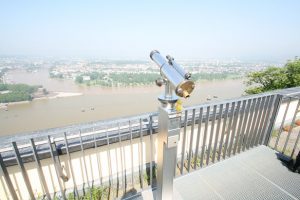
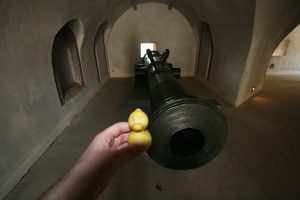
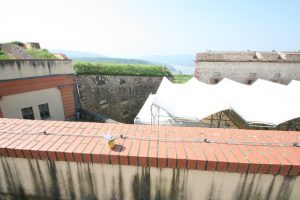

Koblenz
2016 when we went on the cruise on the Rhine river on the paddle wheel steamer Goethe, we also visited the town of Koblenz with the famous fort Ehrenbreitstein.
Koblenz (confluentes, fork of two rivers) is one of the oldest cities in Germany and celebrated its 2000’nds birthday 1992. The big river Mosel mouths in the bigger Rhine river here.
Famous is the Deutsches Eck with the monumental statue of Emperor Wilhelm I., (inaugurated by Emperor Wilhelm II. 1897) who for some time lived in Koblenz and enjoyed the nice castle at the banks of the Rhine which the last arch Bishop and elector of the Trier, Clemens Wenzelaus of Trier had built at the end of the 18’th century and which was taken over by the Prussians (as their new Rhenisch Potsdam).
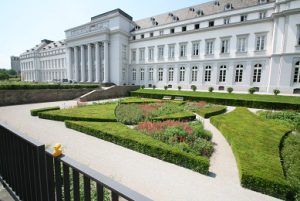

The castle served as headquarter during the war against France 1870/71 and again in WWI.
At the „Deutsches Eck“ and inside of the base construction with a viewing platform

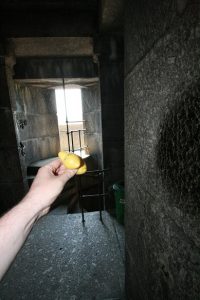
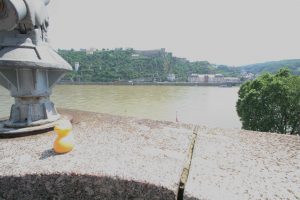
It is possible to climb up inside of the statue base and to enjoy the scenery.
It came under Prussian rule after the Napoleon rule after the Vienna Congress 1814/1815. The Prussians were not too welcome in the area but Germany needed a strong protection power at Rhine River.
The Prussians liked the Rhine with its romantic old castle ruins and the city of Koblenz gave the ruins of nearby Castle Stolzenfels to Prussian king Friedrich Wilhelm IV (exhausted from blessedness at his trips along the Rhine) as a present.
The Prussians did a lot to preserve the old castles at the Rhine River and their architect Schinkel did a lot for the redecoration in those old castles. The rich bishop of Cologne however said about the takeover of the Prussians: “Da heiraten wir aber in eine arme Familie” (that’s a poor family we are marrying) and the Rhinelander spoofed the Prussians and their military discipline a lot with their carnival dance guards and “Funkemariechen” like the club in Siegburg.
The Prussians (Hohenzoller Dynasty) also liked to spend their holidays in the area and to drink the good wine from the Rhine Valley area. And they set up many more heroic memorials in the area.
The impressive Fort Ehrenbreitstein was fortified maybe even 3000 years ago as it always was at a strategic place with the Rhine and Mosel rivers at his feet. It was blown up by frensh troops like other castles at the Rhine but later reinforced by the Prussians.
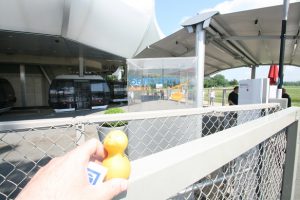
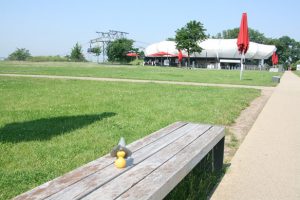
Mountain station close to fort Ehrenbreitstein
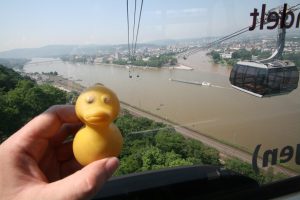
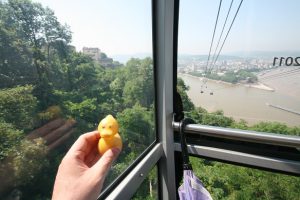
Trip over the river, streets, cars, trains, ship and the busy train route.
The gondola cableway over the Rhine River opened 2011 for the “Bundesgartenschau” (garden show of Germany) and has a capacity of 7600 passengers per hour which is the worldwide biggest capacity of a cable gondola. But it mustn’t operate longer than 2026, or else if it does, the Middle Rhine Valley might loose its status as UNESCO World Heritage. It was built by Skyglide Event Deutschland, an affiliated company of the Doppelmayr company who also built the Merida Funicular in Venezuela or the Zugspitz-Bahn. Negotiations with the UNESCO are going on but the
But another problem came into focus as the cableway is said to irritate the view from and to Basilika St. Kastor which we also visited.
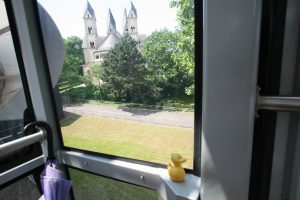
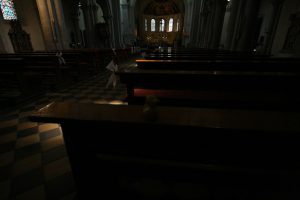
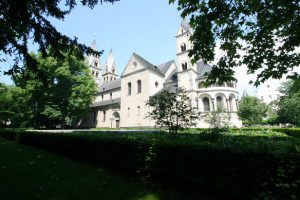
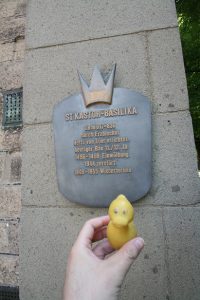
Let me assure you, that they use normal toilets in Germany these days and not the trenches. (Graben, Hauptgraben)
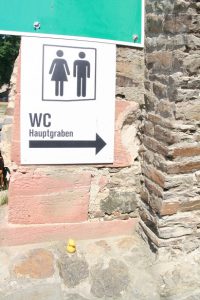
Historic memorial column (like the one in Bad Reichenhall, Wittelsbachersäule) telling about the history of the town in the towns center.
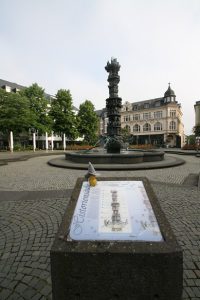
This house at the Rhine which used to be a lifter for freight and is a coffee now has an attached scale which points out the water level of the river. Then we were there, there was a high water situration too, but nothing serious.
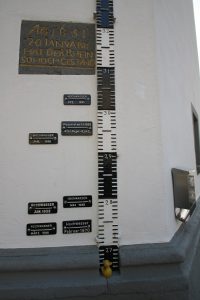
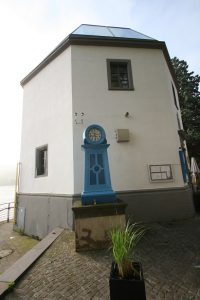
![]()